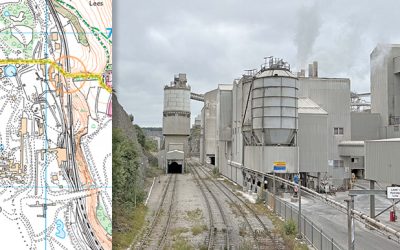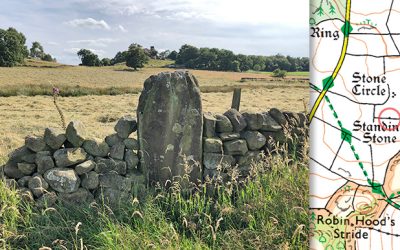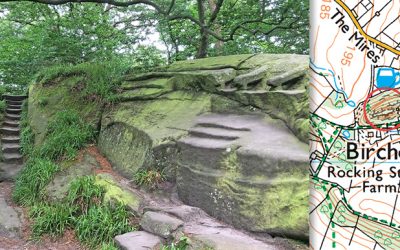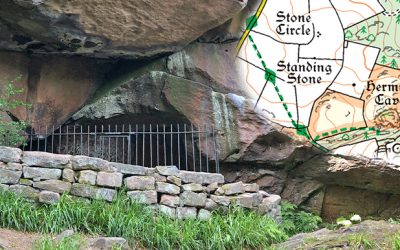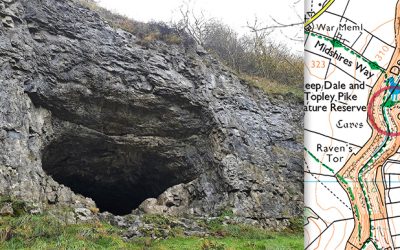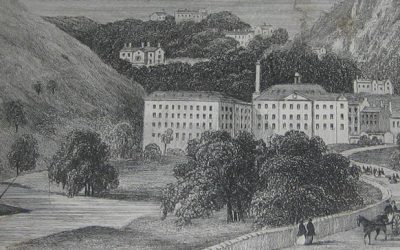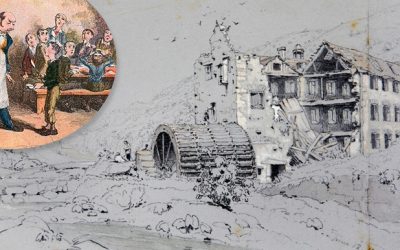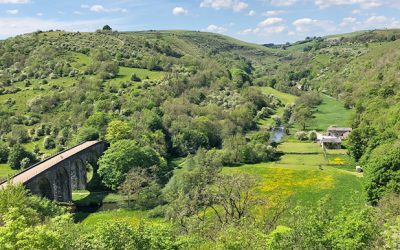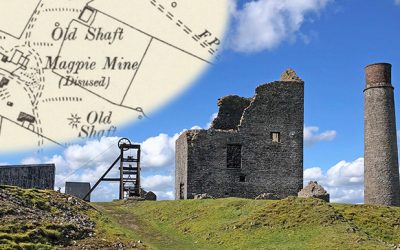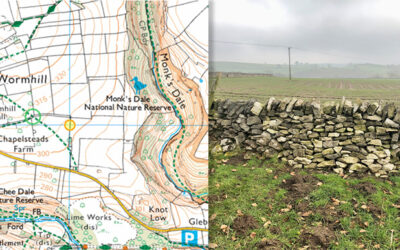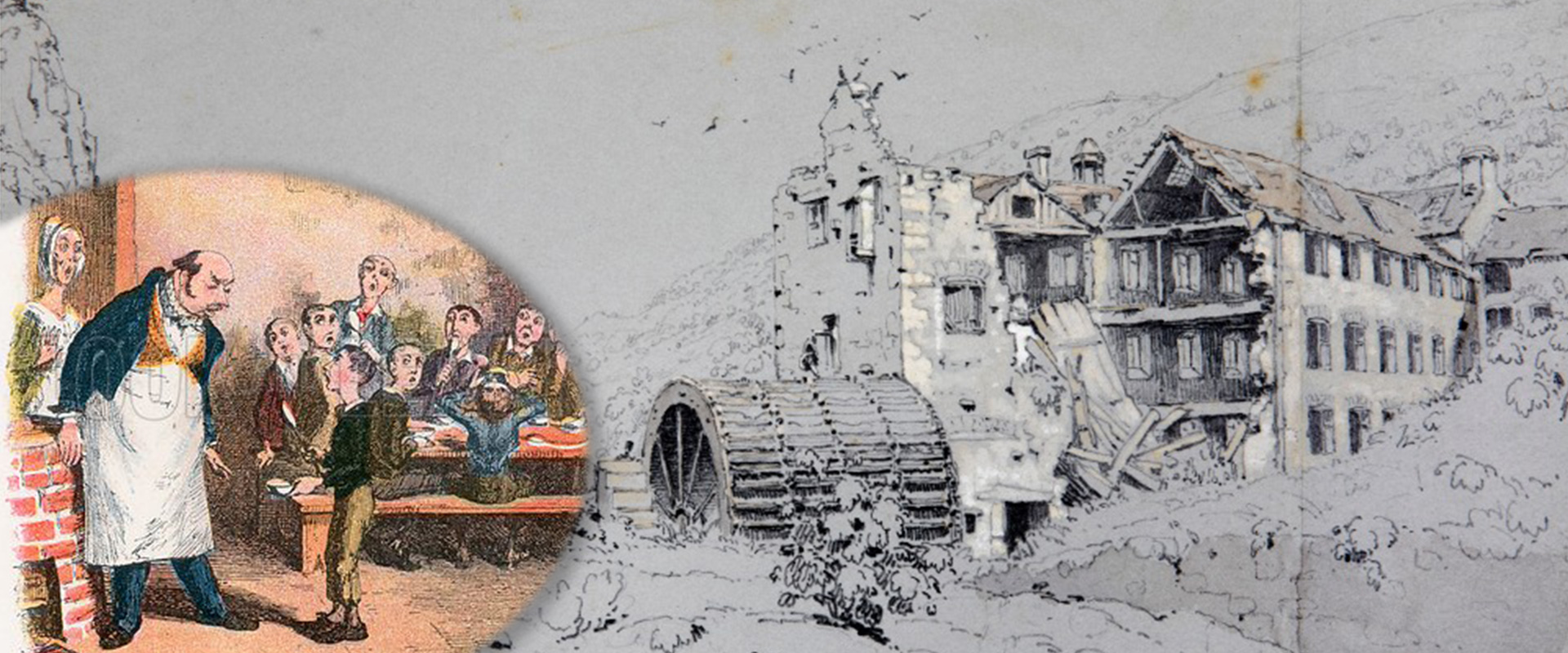
Above: Litton and Cressbrook Mills stood close to the Monsal Trail on the banks of the River Wye. Both earned a brutal reputation for the exploitation and ill-treatment of child workers. Charles Dickens was said to have based Oliver Twist on a diary written by a young worker at Litton.
Historical sites
![]()
Derbyshire was the birthplace of the Industrial Revolution when Richard Arkwright harnessed water power to mechanise cotton production in the 18th century. George Stephenson, the pioneer of steam railways, lived and worked most of his life here. And the county has many sites dating back to the Stone Age. Examples of all of these can be found within easy reach of the Monsal Trail.
Tunstead Quarry
Lying just a few miles east of Buxton, Tunstead is the largest limestone quarry in the UK. And its railway could provide the much-needed link between the Monsal Trail and Buxton.
Grey Ladies Circle
Lying close to Robin Hood’s Stride, the Grey Ladies Stone Circle once boasted nine standing stones. Five have been removed over the millennia, but the four remaining are the tallest in Derbyshire.
Rowtor Rocks
The bizarre carvings at Rowtor Rocks – including thrones, altars, steps and prehistoric-style symbols – are the work of an eccentric Birchover Rector who also seems to have been a practicing Druid.
The Hermit’s Cave
The recently-posted 14-mile walk from Bakewell to Robin Hood’s Stride passes a medieval hermit’s cave with a crude carving of the crucifixion dated to the late 14th century.
Thirst House Cave
Thirst House Cave lies beside the path from King Sterndale across Deep Dale. It’s one of many similar caves in the White Peak’s limestone landscape where our ancient ancestors once found shelter.
Cressbrook Mill
Cressbrook Mill escaped the fearful reputation of Litton Mill. But an eight-year-old girl snatched from a Bristol workhouse wrote a searing account of how ‘Tom the Devil’ ruled with a rod of iron.
Litton Mill
Litton Mill earned a brutal reputation for the exploitation and ill treatment of pauper orphans taken by force from the streets of cities as far away as London to work long hours in dangerous conditions.
Headstone Viaduct
Victorian critic John Ruskin famously complained that Headstone Viaduct allowed “every fool in Buxton to be in Bakewell in half-an-hour”. Today we see it in a very different light.
Magpie Mine
Magpie Mine was Derbyshire’s last lead mine, finally closing in 1953. It was the site of three murders in 1833, and a widow’s curse which foretold yet more deaths and accidents to come.
The lost stones
A recent walk along Monk’s Dale set me wondering whether medieval monks really did once live and work in this wonderfully tranquil spot, seeking to escape the cares of the world.

